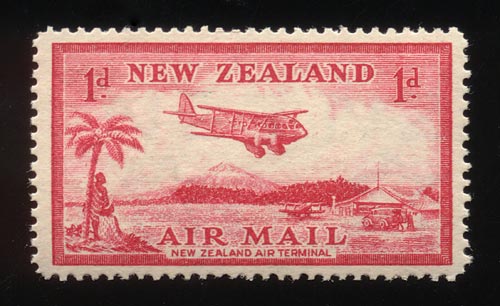The modern aerogramme essentially evolved from air mail letter cards and air letters used by military authorities, welfare organisations and some members of the armed forces just prior to and during World War II.
Qantas and Australia Post today announced a new dedicated domestic air-freighter network to be used exclusively by Australia Post and StarTrack customers. Has existed between the national carrier and the nation’s postal service since 1922 when Qantas.
- Australia Post collects, processes and distributes letters for the entire Australian community and between Australia and other countries overseas. It also offers bulk mail delivery services for businesses and community organisations and provides research, advice, consumer list rental, and profiling and segmentation services to help businesses target their objectives and customers, along with other.
- You can buy postage online, print the label yourself, and drop your item at the Post Office® or a Royal Mail customer service point: Click & Drop now. If you prefer, you can buy postage at a Post.
Air mail letter cards were developed in 1933 for use in in Iraq and British-mandated Palestine. Sunn raha hai na tu mp3. James Mackay describes in his book, Airmails 1870-1970: “These items consisted of thin sheets of paper, with imprinted stamps and airmail labels. The sender folded the sheet to confirm in size and shape…and gummed flaps were provided for sealing the sheet.”
Mail Package To Australia
The inventor was an Englishman, Douglas Gumbley, who was Director of Posts to the Iraqi Government in the early 1930s. Interestingly, Australian forces, who were stationed in British-mandated Palestine during World War II, were able to use some of the air letter cards for sending correspondence home.

From 1941, Britain began to print special forms on light-weight paper for use by their military forces serving overseas. The idea was that by using a very light-weight letter, the mail to be taken overseas would not take up too much room on board military aircraft.
Based on a similar concept, Australia’s first air letter for public use was issued on 11 September 1944. The date coincided with the restoration of air mail services between Australia and England, which had been severed in early 1942 once Japan entered the war.

The first air letter featured an imprinted 7d (seven pence) King George VI stamp, which represented a considerable reduction over the 1s 6d (one shilling and six pence) postage for a half-ounce air mail letter. It consisted of blue printing and overlay on yellow paper.
Interestingly, as noted by Mrs J A Clayton in a paper read to the NSW Philatelic Society in 1964, the air letter was originally intended “For Letters to Members of the Forces Overseas” and so this statement was printed directly onto the air letter form. However, once released they were made available for unrestricted use, which meant this statement was simply crossed off using red pencil on the first batch.
Australia Post Airmail To Japan
The air letter service was continued after the war and it grew rapidly in popularity. By 1948, they comprised about half of all overseas air mail articles from Australia. By this stage, private aerogrammes were allowed. Organisations could print their own aerogrammes for stamps to be affixed, provided they accorded with the printing specifications for the Post Office’s aerogrammes.
